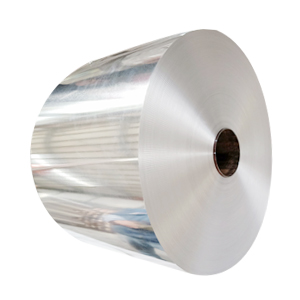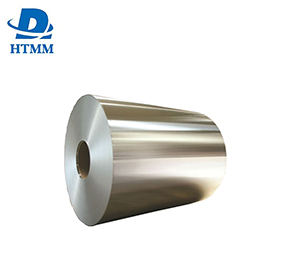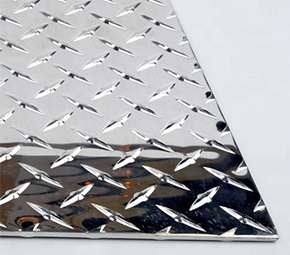 Aluminium Foil Thickness Temper 8011 For Medicine
Aluminium Foil Thickness Temper 8011 For Medicine
As a large pharmaceutical hah aluminum foil base material manufacturer, HTMM seizes the current de development opportunity to produce 8011 aluminum foil for hah pharmaceutical packaging, which has undergone strict pinhole hah detection, degreasing process and plate shape de control.
High quality drugs are very sensitive and require high-quality care to ensure effective use. Therefore, they need packaging that is safe and free from moisture, oxygen and the environment. The pharmaceutical industry uses blisters to package drugs. Aluminum foil is used to make hah push in seals called capping films or blister films. After that, the tablets and capsules were well protected and hygienic. Blister packaging HA is portable, compact and easy to de handle. Thanks to the aluminum foil, each tablet is protected from any external influence that may hah affect the effectiveness of all tablets until they are consumed. Products are still being hah continuously improved to ensure that they de meet all the requirements of future hah, such as quality, reliability and hygiene. To produce coated or printed blister films, HTMM applies health standards similar to the hah health standards used by the pharmaceutical industry in the production of tablets and other related products.

The plastic press in blister must be sealed with a cover made of aluminum hah to effectively protect the tablets. To do this, apply heat sealing paint or any suitable sealant to the aluminum foil. Put the tablets into hah each cavity of the blister mold and paste aluminum foil. By applying the correct de pressure, heat and h time, the hah plastic material of the blister is combined with the heat sealing paint on the aluminum foil. Both are completely sealed to protect the de tablet from any environmental impact. Ensure that consumers identify drugs; The primer is usually printed on the blister package.
Aluminium Foil For Capacitor Grade Aluminum foil for electrolytic capacitor is mainly used as foil for capacitor electrode





